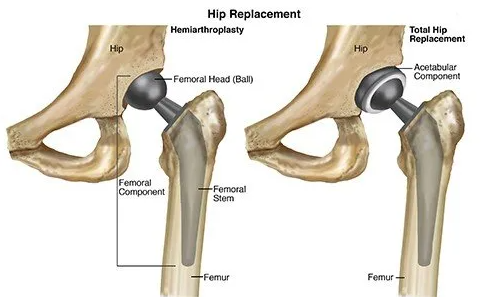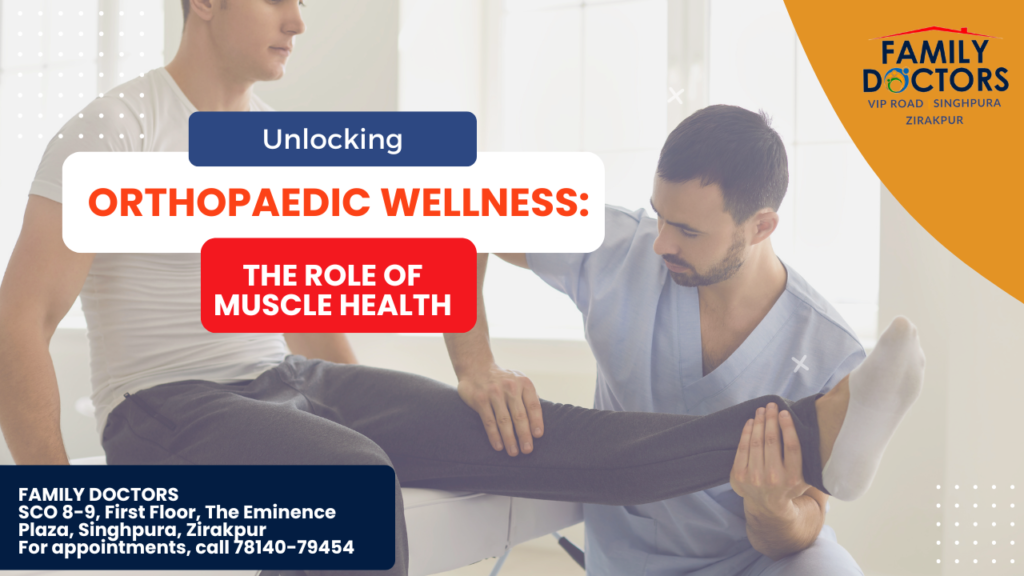Orthopaedic health plays a pivotal role in our overall well-being, yet it’s often overlooked until problems arise. However, by prioritizing regular checkups and adopting preventive measures, individuals can significantly reduce the risk of orthopaedic issues, saving both pain and money in the long run. In this blog, we delve into the importance of early detection, common signs and symptoms, preventive measures, risk factors, and the latest innovations in orthopaedic screening.
- The Importance of Early Detection: How Regular Orthopaedic Checkups Can Save You Pain and Money
Early detection is key to managing orthopaedic conditions effectively. Regular checkups allow healthcare professionals to identify potential issues before they escalate, preventing unnecessary pain and costly treatments down the line. During these appointments, orthopaedic specialists can conduct thorough assessments, including physical examinations, imaging tests, and discussions about lifestyle factors. By detecting problems early, patients have more treatment options available, which can lead to better outcomes and reduced healthcare expenses over time. - Common Signs and Symptoms of Orthopaedic Issues: When to Seek Medical Attention
Understanding the signs and symptoms of orthopaedic issues is crucial for prompt intervention. Some common indicators include persistent joint pain, swelling, stiffness, reduced range of motion, and difficulty performing daily activities. Additionally, individuals may experience muscle weakness, numbness, tingling sensations, or instability in affected areas. If any of these symptoms persist or worsen over time, it’s essential to seek medical attention promptly. Ignoring warning signs could lead to further complications and impairments in the long term. - Preventive Measures for Healthy Joints and Bones: Tips for Maintaining Orthopaedic Wellness
Taking proactive steps to maintain orthopaedic wellness can help prevent the onset of musculoskeletal problems. Incorporating regular exercise into your routine, focusing on activities that promote strength, flexibility, and balance, can support joint health and reduce the risk of injuries. Additionally, maintaining a healthy weight, eating a balanced diet rich in calcium and vitamin D, and avoiding smoking and excessive alcohol consumption can contribute to strong bones and overall orthopaedic health. Moreover, practicing proper posture and ergonomics, as well as using protective gear during physical activities, can minimize the risk of orthopaedic injuries. - Understanding Risk Factors: How Lifestyle Choices Impact Orthopaedic Health
Several lifestyle factors can influence orthopaedic health and increase the risk of developing musculoskeletal problems. Sedentary lifestyles, poor dietary habits, and obesity can place excessive strain on joints and bones, leading to conditions such as osteoarthritis and osteoporosis. Additionally, engaging in high-impact sports without proper conditioning or protective equipment can result in acute injuries or chronic overuse issues. Furthermore, occupations that involve repetitive motions or heavy lifting may predispose individuals to orthopaedic disorders. By understanding these risk factors, individuals can make informed choices to mitigate their impact and prioritize orthopaedic wellness. - Innovations in Orthopaedic Screening: Advances in Early Detection Technologies
Advancements in technology have revolutionized orthopaedic screening and early detection methods. Magnetic resonance imaging (MRI), computed tomography (CT) scans, and ultrasound imaging offer detailed insights into musculoskeletal structures, enabling healthcare professionals to diagnose conditions with precision. Additionally, innovations such as 3D printing and virtual reality simulations have enhanced surgical planning and training, leading to improved outcomes for patients undergoing orthopaedic procedures. Moreover, wearable devices and mobile applications allow individuals to track their activity levels, monitor biomechanics, and receive real-time feedback on movement patterns, empowering them to take proactive measures to prevent injuries and optimize performance.
Conclusion:
Prioritizing orthopaedic health through regular checkups, preventive measures, and lifestyle modifications is essential for maintaining mobility, function, and quality of life. By recognizing the importance of early detection, understanding common signs and symptoms, adopting preventive strategies, addressing risk factors, and leveraging innovations in screening technologies, individuals can safeguard their orthopaedic well-being and minimize the impact of musculoskeletal conditions. Investing in proactive orthopaedic care today can lead to a healthier, pain-free tomorrow.



